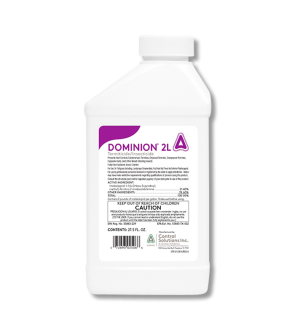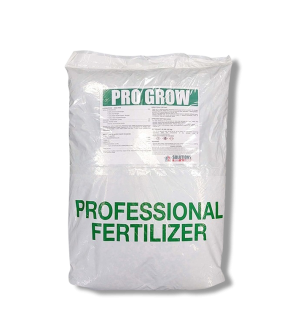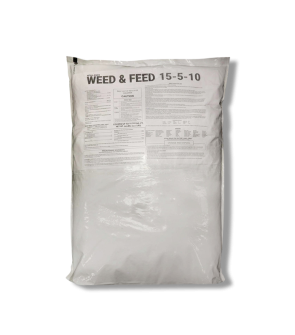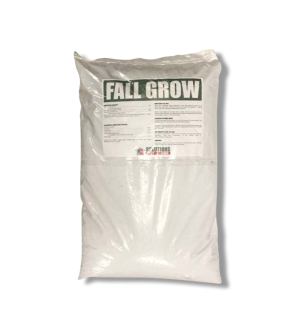Beginners Guide to Dethatching Lawns
Most Effective Products
Beginners Guide to Dethatching Lawns
This page is a general DIY guide that will help to explain how to dethatch your lawn to prevent death or disease. By using the recommended steps and products you can accurately dethatch your lawn without harming the stressed or dormant turf and effectively increase its appearance.
With the emergence of the fall and winter season, it is important to take the necessary steps to prepare your lawn for winter. One of the things you can do is to dethatch your lawn. Dethatching a lawn is the method of removing a layer of decaying plant matter, also known as thatch, from the surface of lawns by using a rake or dethatching device.
If thatch is left on the top of turfs for extended periods of time it can lead to the soil becoming dry from the thickness of the organic matter. Due to this density, the soil beneath your grass is unable to retain moisture, move nutrients to other parts of the plant roots, and cuts off the amount of air the lawn receives leading to discoloration, fungi and disease growth, and eventual death.
A general rule of thumb is that no more than 1/2 inch of thatch should remain on lawns. By learning why dethatching a lawn is important, as well as when and how to complete this will help to lessen the amount of herbicide products and maintenance in the future.
What Causes Thatch to Form

The causes of thatch to develop could be based on excessive turf growth, moisture, and sometimes conditions such as turf feeding insects like grubs. Grubs are soil-borne larvae of several types of beetles that tend to ingest the roots of the plant they are underneath. Their activities can cause extensive damage such as wilted grass, brown spots, and dead patches of grass (thatch). Since grubs love to ingest plant roots the grass may become loose enough to roll as a carpet, which also contributes to thatch build-up. To confirm if you have grubs dig up a square foot of grass and check the soil underneath for white c-shaped pests.
Usually, grubs are most prominent during the spring months. However, they will continue to eat and fester in soil until mid-fall to survive the winter and emerge in the spring. If you have noticed these issues or just want to begin a preventative treatment then you will want to apply Dominion 2L from February to April (spring) and June to September (fall). Dominion 2L should be applied at the rate of 0.46 to 0.6 oz. of product per gallon of water per 1,000 sq. ft.
When to Dethatch Lawn

No matter how healthy a lawn appears it may contain decaying grass roots, compact soil, and moisture retention. To determine if your lawn has thatch cut several triangle shaped plugs at least 2 to 3 inches deep into soil. Examine the layer above the soil and underneath the top surface of grass for a brown colored sponge or felt-like texture. If this horizontal layer is more than 1/2 inches thick when you squeeze it then this will be thatch.
You will want to dethatch your warm-season or cool-seasoned lawn when conditions favor active growth and recovery. For cool-seasoned lawns this will be during the early spring and early fall. Warm-seasoned lawns should be dethatched during the late spring to late summer.
You may dethatch at the beginning of spring for warm-seasoned lawns when it has been mowed at least twice. Remember that lawns need to reach a height of 3 inches before they can be mowed. Remember that lawns cannot be dethatched during its period of dormancy or when it is under severe stress from heat, drought, or severe insect activity.
How to Dethatch Lawn

The first thing you should do before dethatching a lawn is to water it with an inch of irrigation at least a day in advance. Mow your turf when it reaches half of its normal height to avoid scalping the lawn and allowing dead plant roots to build up.
The method to remove thatch is a straightforward process that involves the use of a power rake, dethatching rake, or vertical mower.
Manual Dethatching- This process involves using dethatching rakes that are designed with short-tined and curved blades that can penetrate the soil and pull up the thatch as you rake. These tools are used for light thatch lesser than 1/2 inch and for small grassy areas that are well enough in condition to be raked at various pressures.
Power Rake- These rakes are mower-like devices with rotating tines that can lightly dig into the soil to remove a thin layer of thatch. A power rake is also known to be called a dethatcher.
Vertical Mower- May also be known as another form of power rake, but these machines have steel vertical knife-like blades that rotate perpendicular to the ground to pulls up severe levels of thatch from compressed soil.
What To Do After Dethatching

Once dethatching is done, you will need to rake away the trimmed thatch from the turfs surface. The next thing you will need to do after dethatching is to give your grass an application of fertilizer. Depending on the season will determine the type of fertilizer to use. We recommend using Solutions 15-5-10 Weed and Feed Fertilizer for the spring season, Solutions Pro Grow Summer Blend 19-4-10 Fertilizer for the summer season, and Solutions 8-12-16 Fall Grow Fertilizer for the fall season.
Make sure the lawn is mowed 1 to 2 days prior to fertilization to allow the product to seep into turf roofs. Determine how much fertilizer to use by measuring the square footage of the treatment area. To find this you will measure the length and width of the treatment in feet and multiply (length X width = square footage). For general applications with Solutions Weed and Feed Fertilizer use 3.2 to 4.0 lbs. of product per 1,000 sq. ft. For Solutions Pro Grow Summer Blend or Solutions 8-12-16 Fall Grow use 5 lbs. of product per 1,000 sq. ft.
Broadcast the product with a push spreader starting at the edge of your treatment area all the way around the perimeter to the middle of the treatment site. Water the treated area at least within 2 days of application with an inch of irrigation.
Key Takeaways
What is Dethatching?
- Dethatching is the process of removing dead or decaying plant matter by raking or mowing.
Why Should Lawns Be Dethatched
- Lawns should be dethatched to allow the turf and soil to receive more air, nutrients, and help plant roots to spread easily. If thatch is left then turf and soil become dry, compressed, discolored, and eventual die.
Does Dethatching Need to Be Done Each Year
- Depending on the amount of care and insect infestations will determine how much thatch is created in lawns. Usually, lawns will need to be dethatched during periods of active growth which is during the spring and fall season.














































































































































































































































































































































































































































































































































